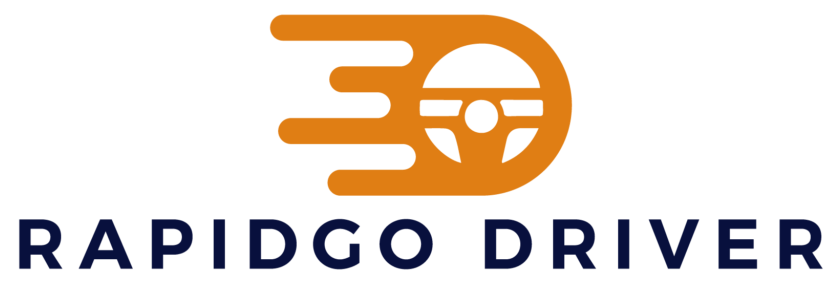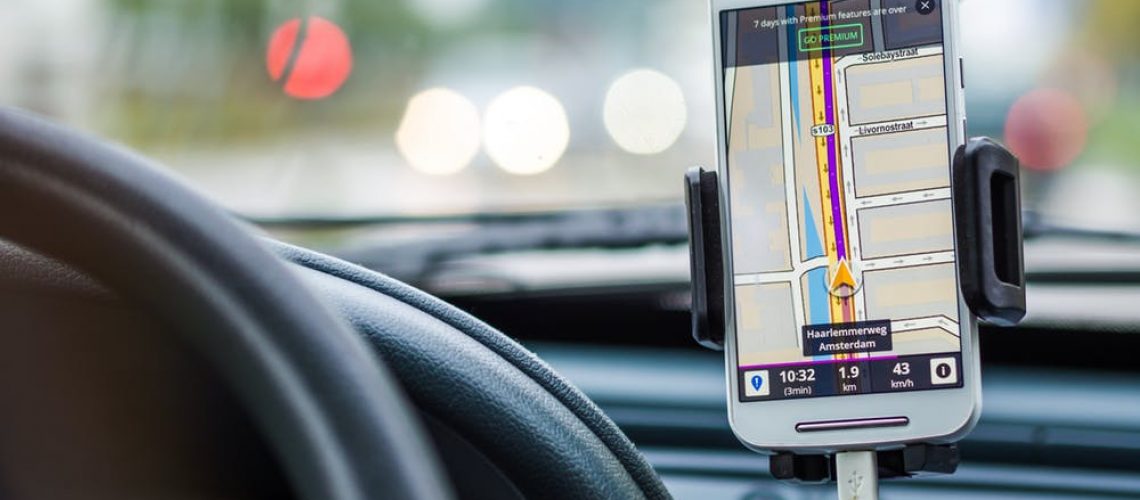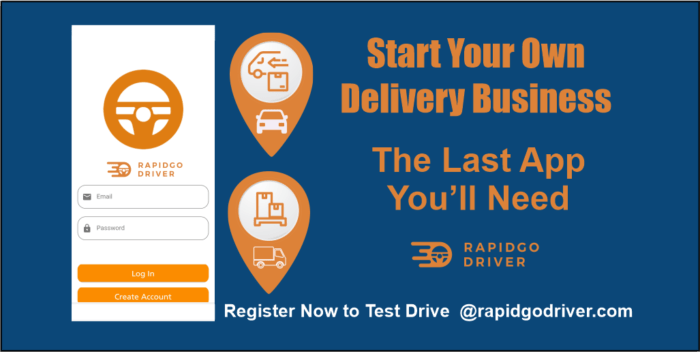As a delivery driver, time spent on the road is your source of income, so you likely want to make the most of this time. GPS navigation systems can help you get from point A to Point B, but which is the fastest or the most efficient GPS navigation system? Learn more here about how to optimize your GPS usage to excel in the delivery driving gig economy.
GPS For Saving Time
If you are in a hurry, you will want to take advantage of the GPS system that can get you to your destination the fastest. The app Waze is known for anticipating and monitoring road patterns and navigating drivers around traffic. In heavy traffic situations, Waze can save you a significant amount of time and trouble. Waze also uses driver input and information to warn travelers of traffic stops and the other latest information on the road. The downside of using Waze is that it often takes drivers on longer routes or more complicated routes to avoid such traffic.
GPS For Accuracy
When you are attempting to complete a complicated delivery, the last thing that you need is inaccurate GPS information. Google Maps is known for having highly accurate listings of roads, buildings, and other installments. Their data is constantly updated to stay in-sync with the latest information. If you are delivering to a college campus or somewhere without clearly marked names, Google Maps often has building names registered in the system to help keep you from getting lost.
You can also use advanced GPS settings and features to avoiding tolls, traffic, and more! Based on your area and the issues you commonly face on the road, you can adjust your navigation system to accommodate your preferences.
GPS For Saving Data
If you have limited data on your phone but need significant GPS assistance for your delivery driving job, consider investing in a stand-alone GPS system, like Garmin. Many vehicles also have a GPS system installed directly into the dashboard that drivers often avoid using. If your vehicle is equipped with this feature, take the time to learn how to safely use it for your deliveries.
Another option is finding a GPS system with an “offline” mode. These systems have the potential to work without the Internet or mobile data connection. Google Maps has an offline mode if you download a map of your area within the system before going offline. This type of system is often less convenient than an active, online mode, but they can help you out when you may need it most.
Learning the Ropes
The best purpose that GPS systems can serve is to help you better learn the areas you serve. To learn all that your GPS has to teach you, try to pay attention to the roads and the routes that your system guides you on. Over time, you might find that you need to rely less and less on the navigation system as you recall the fastest routes from memory.
GPS Safety
It is important that you set your navigation system before you embark on your delivery process to avoid having to adjust the system while you are on the road. Check your navigation system for voice-controlled technology, so that if an error occurs, you can adjust the system without taking your hands off of the wheel or your eyes off of the road.
Try to keep the GPS audio instructions on loudly enough that you can hear them without having to refocus your attention on your navigation system. When driving, safety is always the top priority. It is your job as a delivery driver to make sure that your GPS usage does not impact your safety performance.
Staying Connected on the Road: Rapidgo Driver
Professional delivery drivers will often have more than one GPS app downloaded on their phones. This allows drivers to compare routes and choose the app with the most information. If you are looking for more information on the latest delivery driver resources, you need the help of Rapidgo Driver. With more than 30 years of driving experience, our courses give drivers the tools they need to stay safe and productive while on the road. Contact us today to get started!



